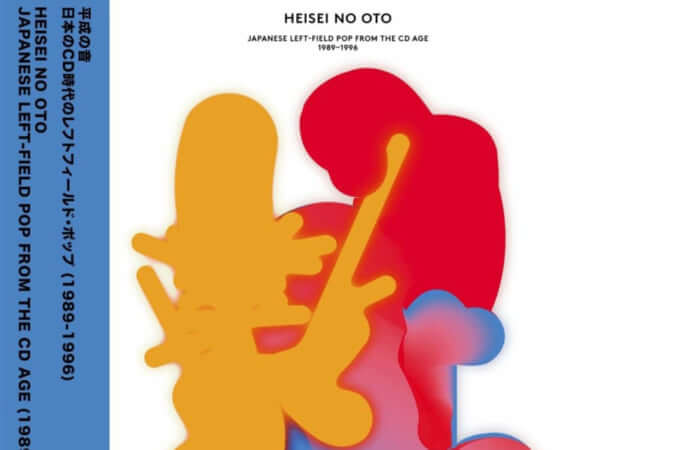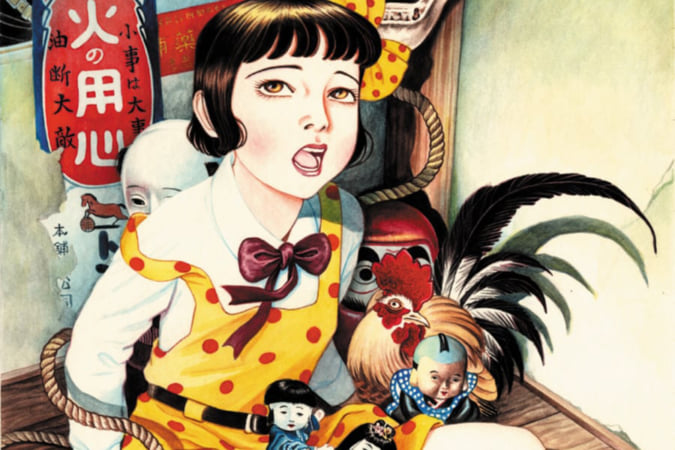Haruto Hoshi Shines a Spotlight on the Fringes of Society
In 'Whistle', the photographer, who specialises in street photography taken with flash, shares a compilation of his night-time wanderings.
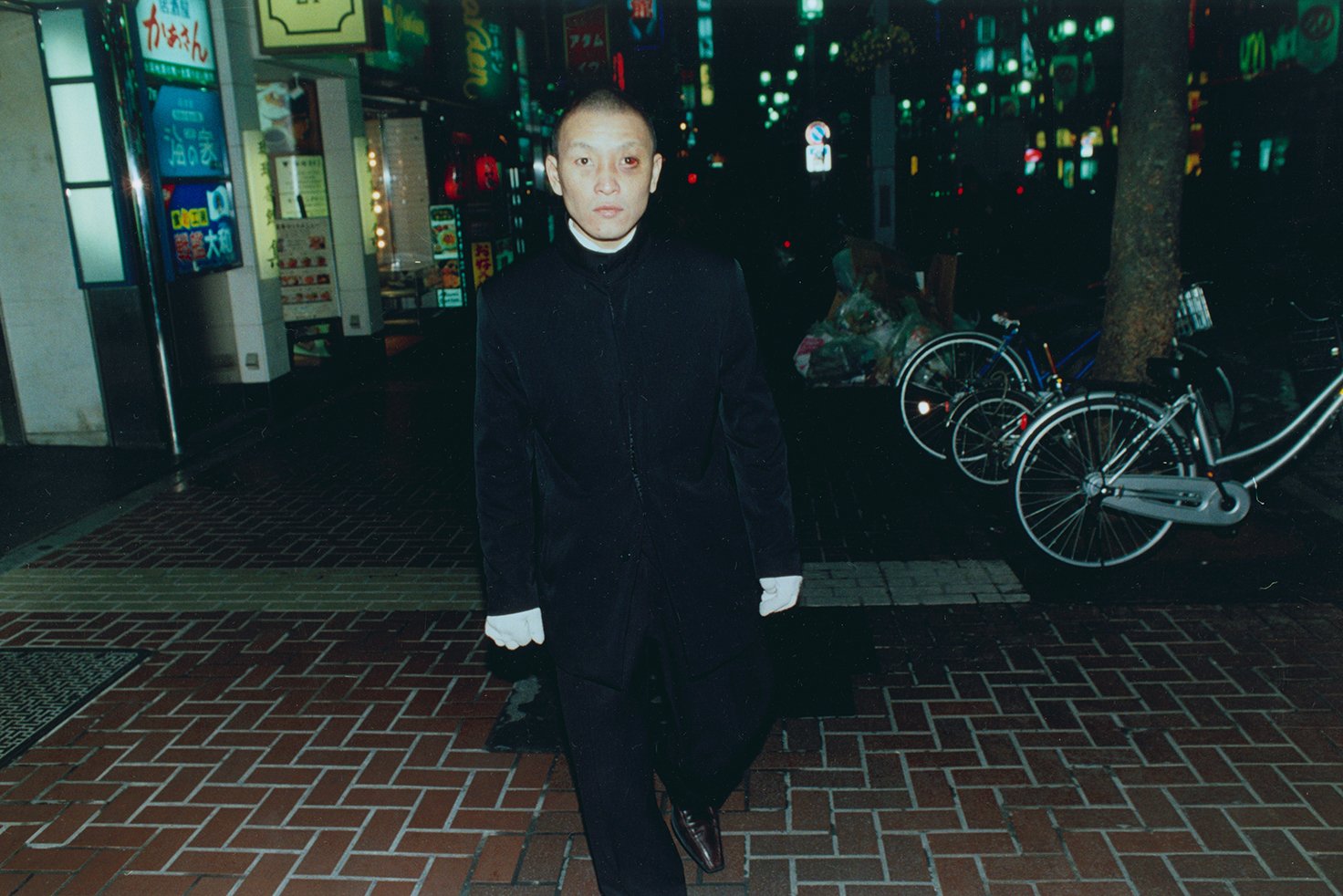
© Haruto Hoshi - Little Big Man
Hostesses, cross-dressers, disabled people, the homeless… In his series Whistle, Haruto Hoshi invites the reader to take a stroll through the marginalised areas of Japanese megalopolises. From Tokyo to Osaka, the photographer uses a wide-angle lens and flash to capture those on the fringes of society and the world of nightlife, naturally and without embellishment.
Haruto Hoshi was born in 1970 in the coastal city of Yokohama, not far from Tokyo. Having been fascinated by what lies behind urban life in Japan since his adolescence, and after studying at the Contemporary Photography Research Institute where he learnt the basics of photographic techniques, he now photographs the country’s hidden face.
An underground setting
Considered as the successor to Katsumi Watanabe, who was best known for his photographs taken in Tokyo’s red light district, and Seiji Kurata, Haruto Hoshi reveals a setting not often seen by passing tourists. In his raw photographs, taken mainly in the underground areas of Osaka and in Tokyo’s Shinjuku district, the narrow winding streets take on a new aura come nightfall, when they become the playground for hostesses and the clients of hostess bars, and gloomy places to stay for the homeless.
Whistle continues, albeit in colour this time, a project started several years earlier and also compiled in a book in 2007, entitled Luminance of streets, in which the photographer captured the essence of urban back streets using flash, and in black and white.
Whistle (2017), a book of photographs by Haruto Hoshi, is published by Little Big Man.
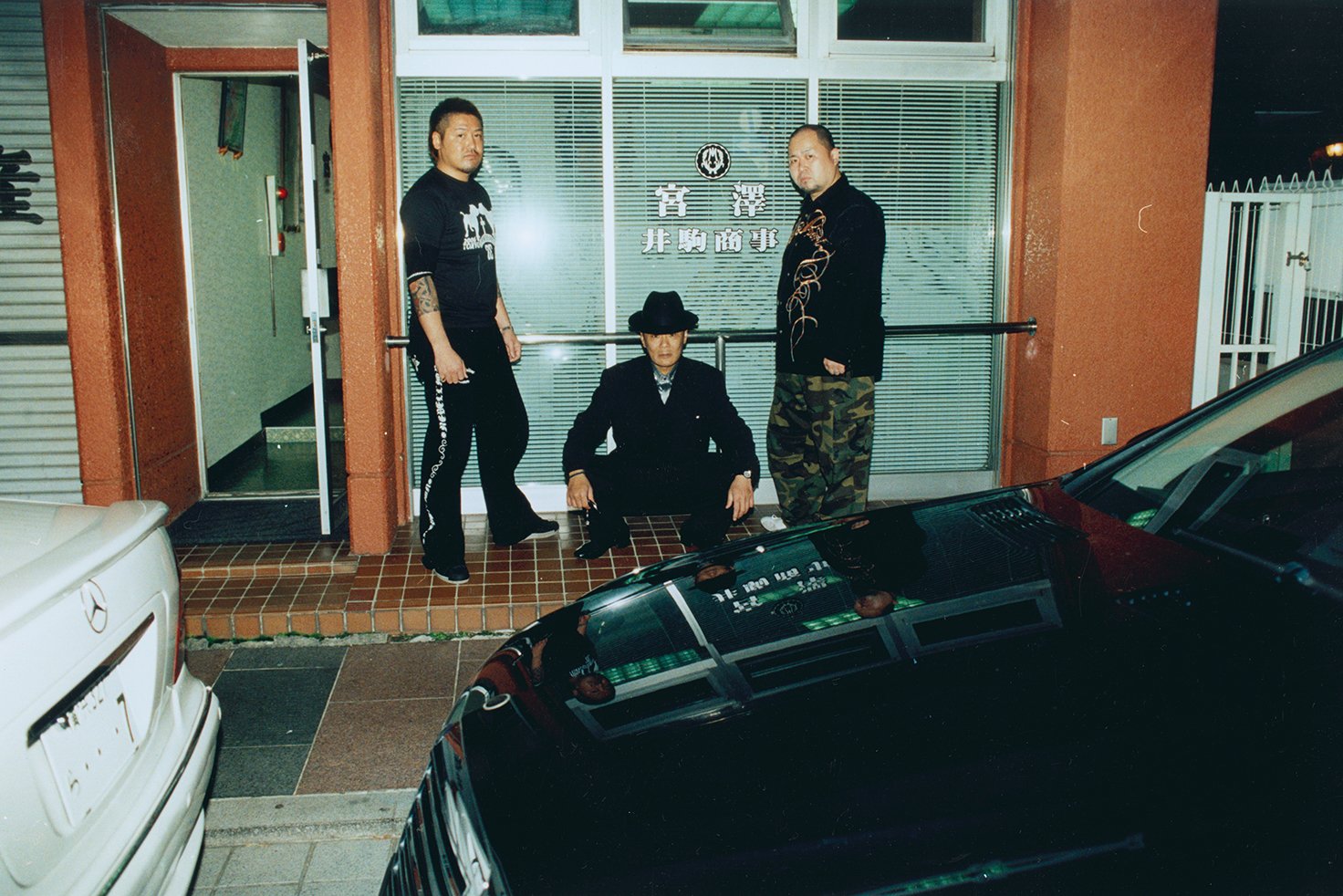
© Haruto Hoshi - Little Big Man
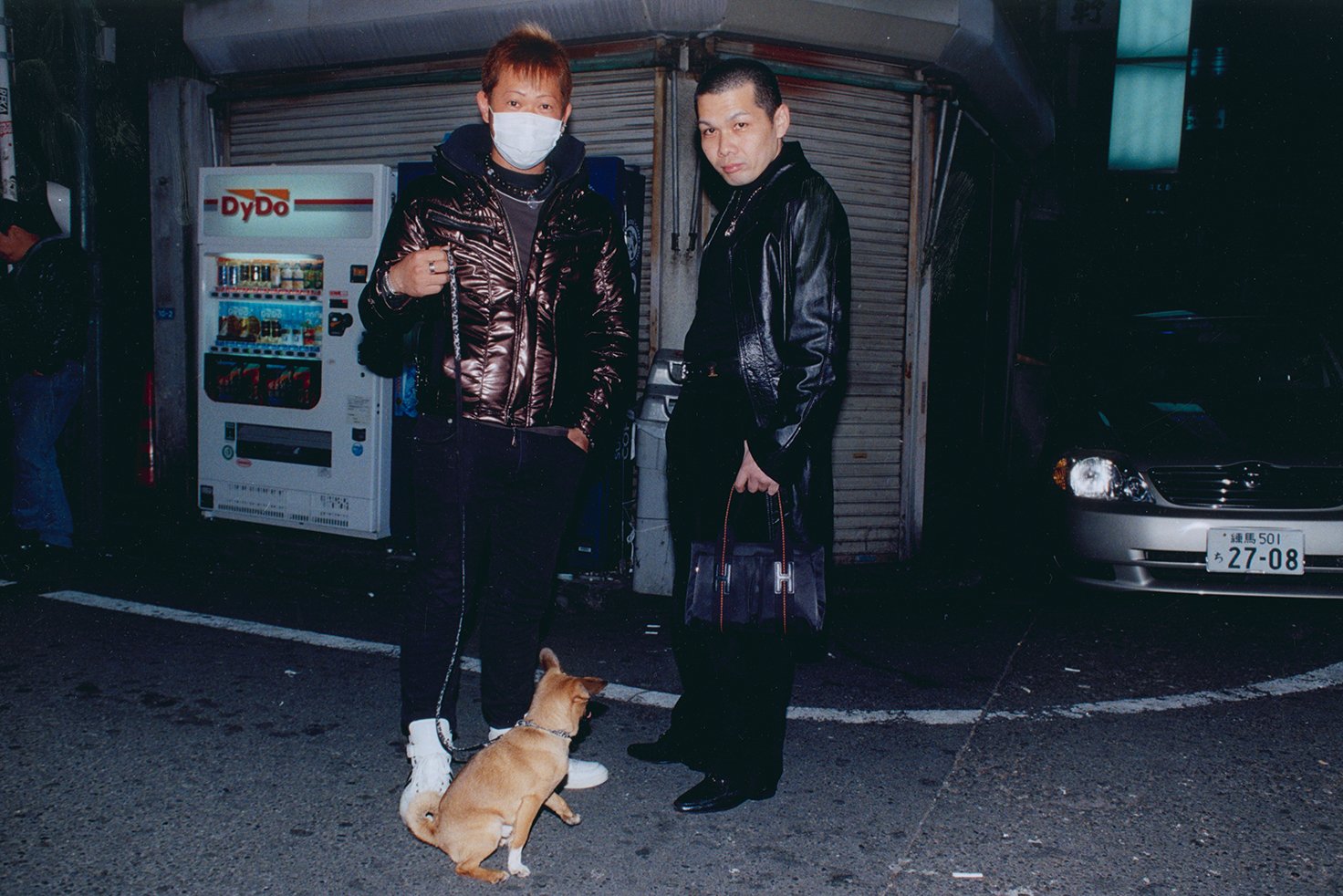
© Haruto Hoshi - Little Big Man
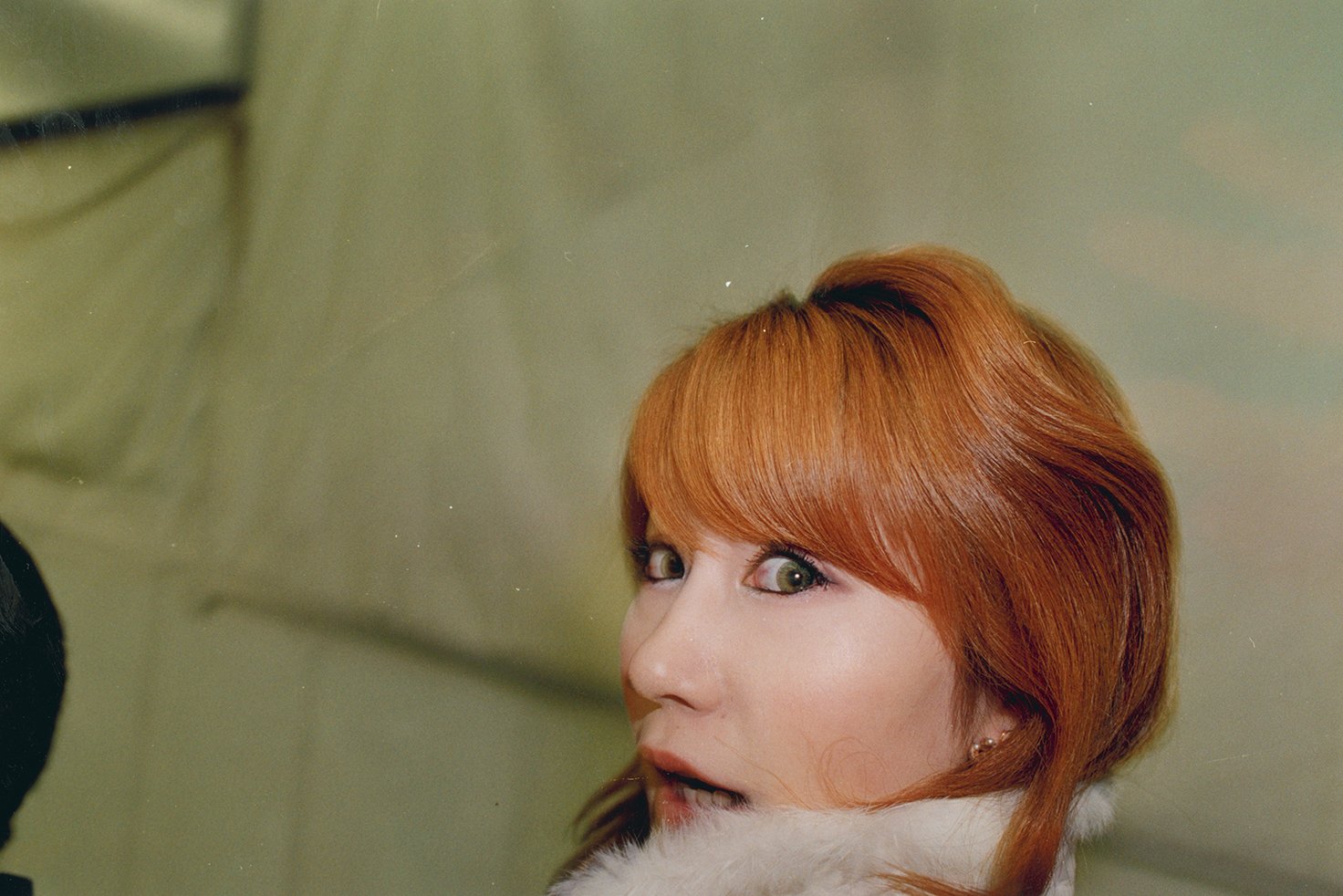
© Haruto Hoshi - Little Big Man
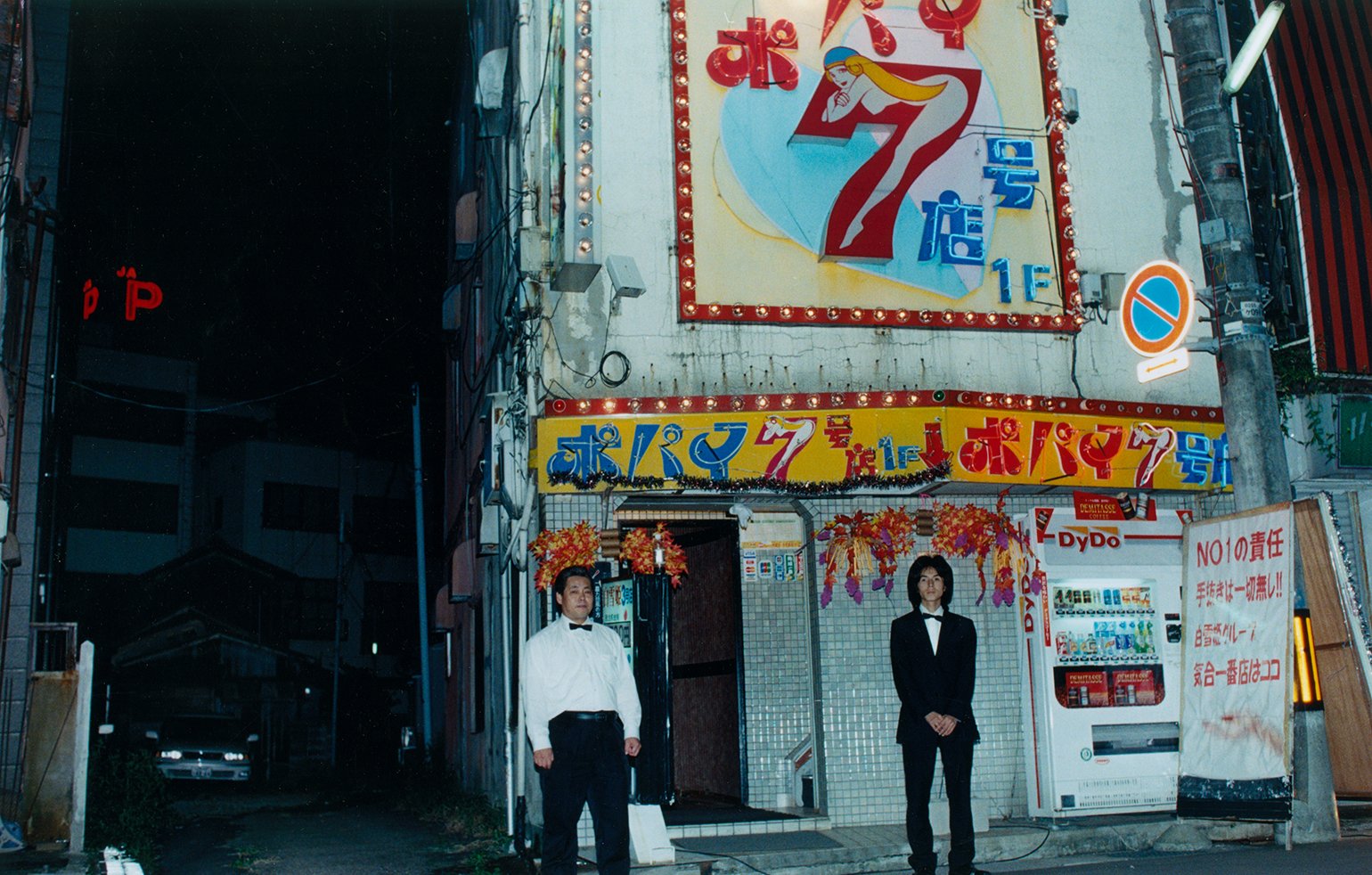
© Haruto Hoshi - Little Big Man
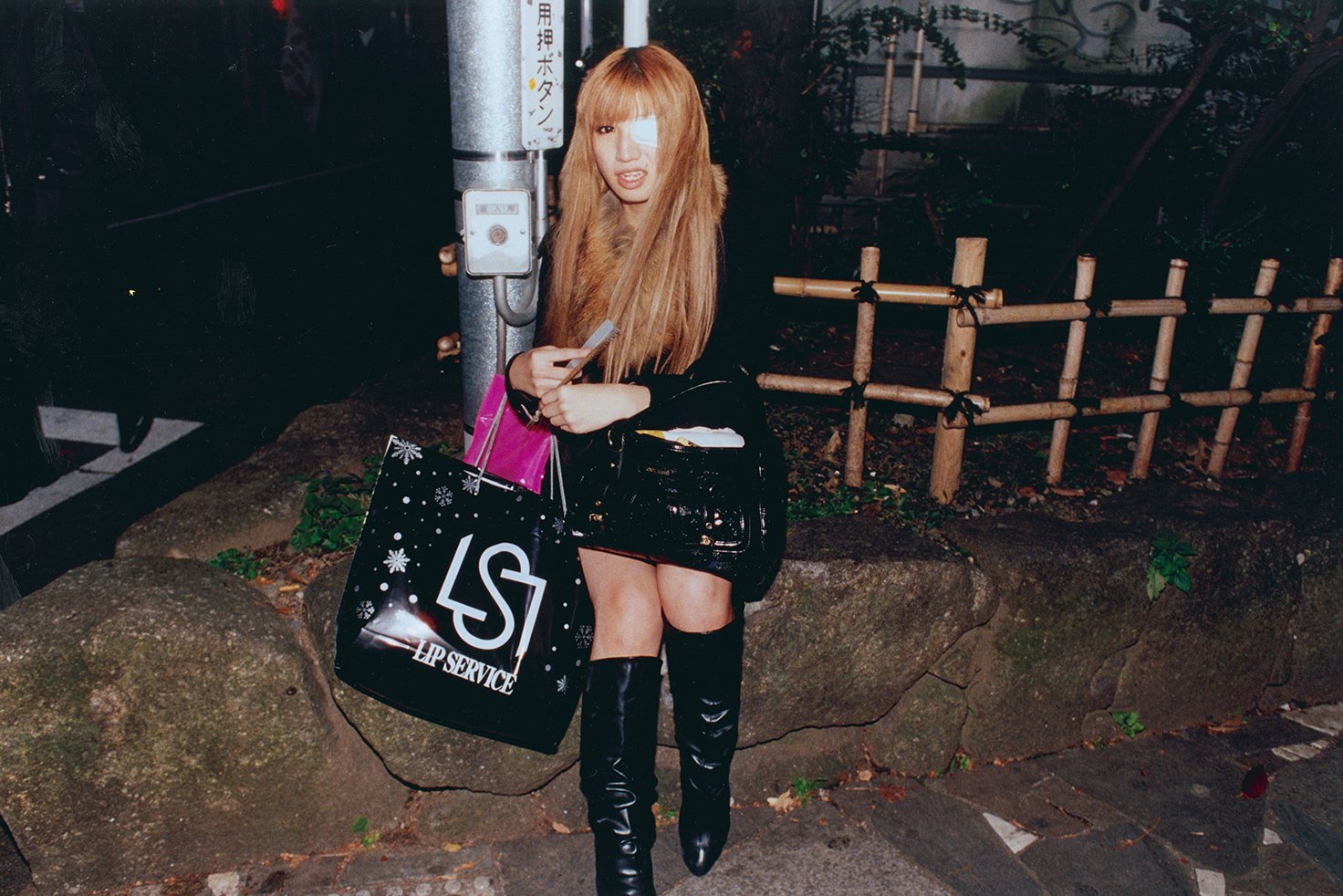
© Haruto Hoshi - Little Big Man
TRENDING
-
The Tattoos that Marked the Criminals of the Edo Period
Traditional tattoos were strong signifiers; murderers had head tattoos, while theft might result in an arm tattoo.

-
The Story of Sada Yacco, the Geisha who Bewitched Europe
Described by Dazed magazine as the first beauty influencer, she has been restored to her former glory since 2019.

-
Chiharu Shiota, Red Threads of the Soul
Last year, more than 660,000 people visited the retrospective 'Chiharu Shiota: The Soul Trembles' exhibit at the Mori Art Museum.

-
Japanese Left-field Pop From The CD Age, 1989-1996
‘Heisei No Oto’, a compilation of hidden gems in the unspoken depths of Japanese pop, reveal blissful moment of technological possibility.

-
‘Shojo Tsubaki’, A Freakshow
Underground manga artist Suehiro Maruo’s infamous masterpiece canonised a historical fascination towards the erotic-grotesque genre.




